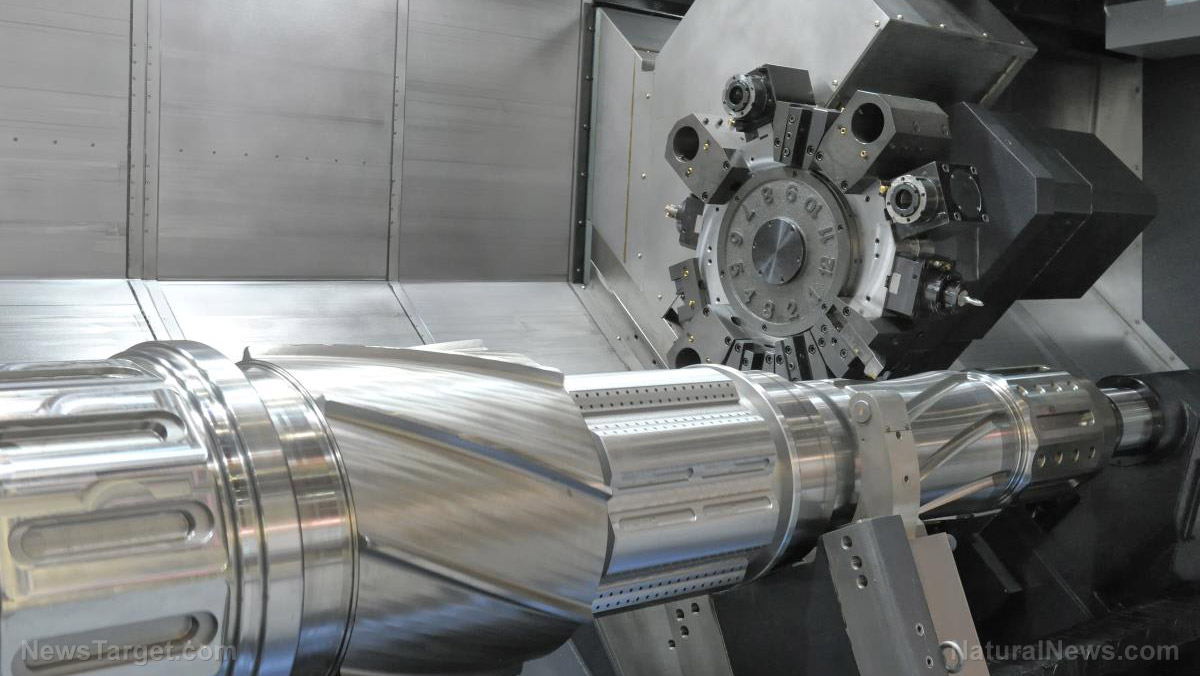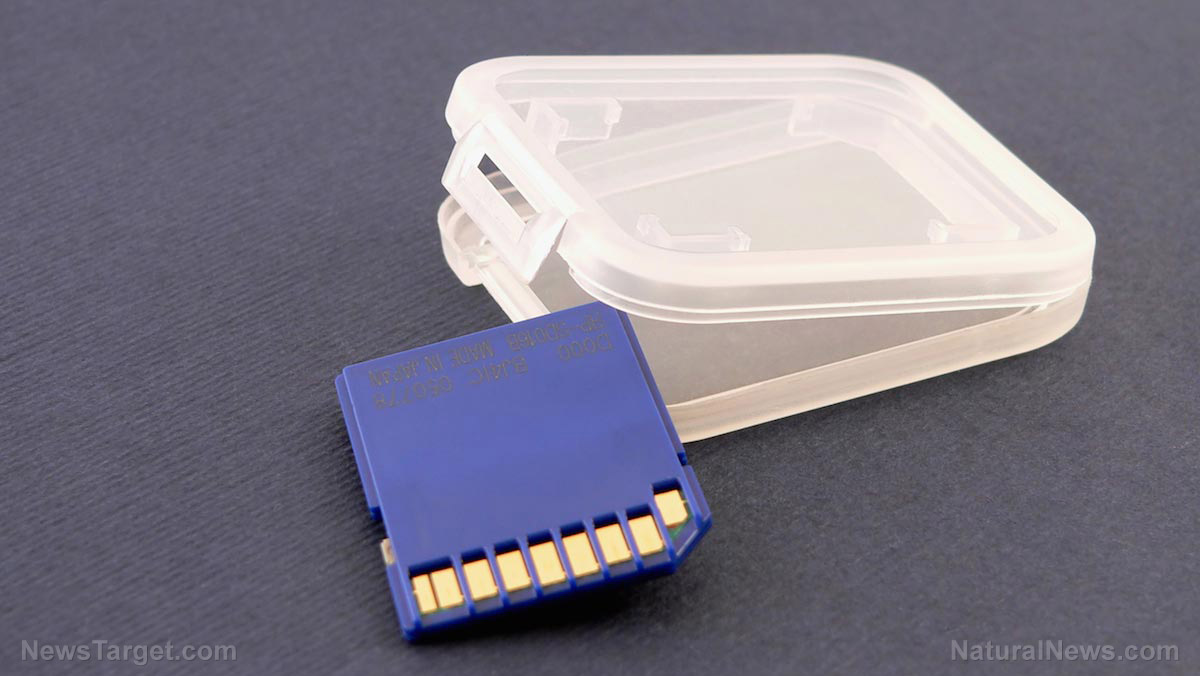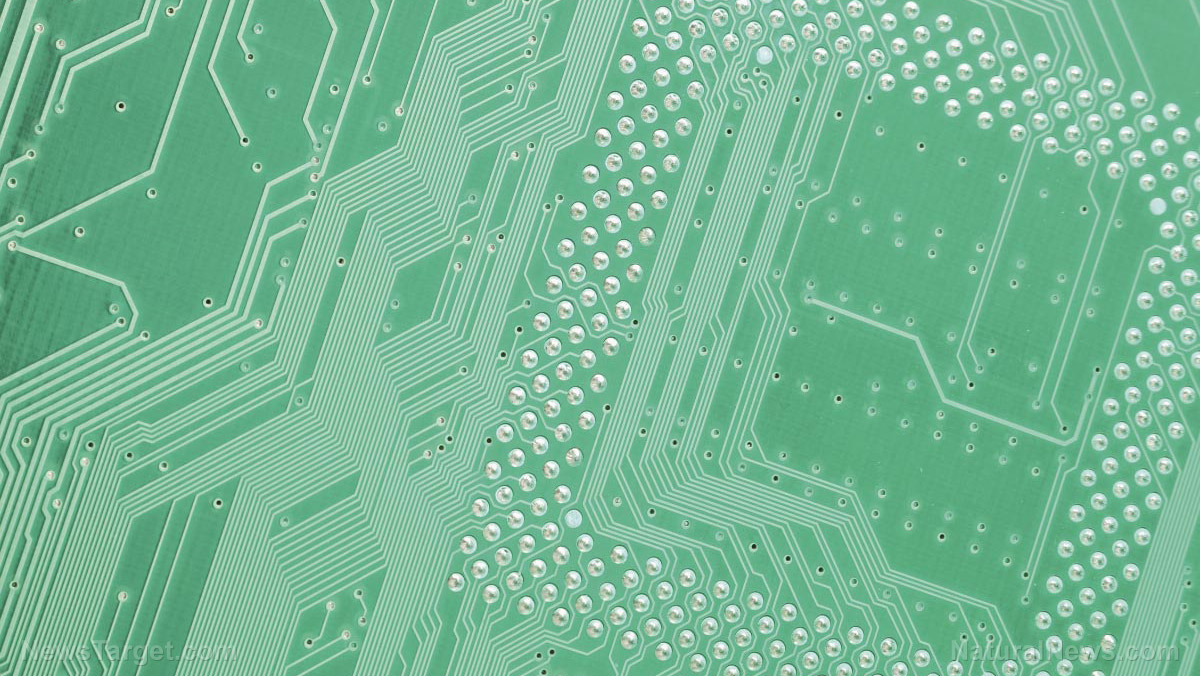Breakthrough in nanoparticle computing: Researchers advance understanding of modular and scalable molecular computing
07/14/2019 / By Edsel Cook

Korean researchers came up with a new way to perform computations using tiny particles. They programmed nanoparticles with DNA and hooked them up to a supported lipid bilayer, creating a nano-tablet that can perform complex computations.
Their findings would benefit numerous applications that need to manage their internal characteristics in the absence of human intervention.
Many nanoparticles respond to stimuli in complicated ways. These particles have the potential to serve as elementary logic gates in algorithms.
However, there were no available architectures capable of integrating and connecting the nanoparticle gates into a much larger integrated circuit. Existing methods either produced only one simple logic operation per test tube or relied on complex solutions.
Interestingly, cell membranes display similarities to electronic circuit boards. The proteins in a membrane follow similar organizational lines as the nano-sized computational units in electronics.
The cell membranes allow proteins to interact on a fluidic 2D surface. The protein network performs complicated activities and triggers cascades of intracellular signals.
The biological computing activity on the cell membrane resembles parallel processing in computers. This ability to process data allows living systems to adjust themselves to environmental changes. (Related: Study: New “self-assembling” nanomaterials can soon be used to develop efficient, affordable solar power.)
Building a logic circuit out of synthetic cell membranes and nanoparticles
The Seoul National University (SNU) research team built nanoparticle circuits out of artificial cell membranes called lipid bilayers. The resulting chemical circuit boards performed nano-bio computing with input and output functions.
The lipid bilayer contained two nanoparticles with contrasting mobility. The receptors stayed in place while the floaters moved around the layer.
The floaters interacted with receptors over space and time. The mobile nanoparticles served as the active computational units of the circuit board.
DNA ligands covered each nanoparticle. The ligand coating made it possible to program the interactions between receptors and floaters, turning pairs of nanoparticles into logic gates.
The strands of genetic material floating in the solution acted as the input for a logic gate. When they came into contact with a nanoparticle, they got it to assemble or disassemble as the output.
Strong scattering signals came from the plasmonic nanoparticles regularly. Their stable emissions made for easy observation with dark-field microscopes.
Trials showed that a pair of nanoparticles on a lipid bilayer performed logic operations, accepted several inputs, and produced several outputs. Furthermore, the floaters also made it possible to connect several logic gates with AND or OR logic in what the SNU researchers called “network programming.”
New lipid nano-tablet system performs complex logic operations at the level of particles
In the paper published in the journal Science Advances, the SNU researchers explained how they wired their nanoparticle logic gates into much more complex circuits. They succeeded in creating multiplexers and other complicated logic systems.
Their lipid nano-tablet system pioneered the use of lipid bilayer membranes in data processing systems. Thanks to the bio-compatibility and versatility of the 2D fluidic membrane, they believed it is possible to incorporate any nanostructure into the system as a computing unit.
An attached nanostructure became observable and controllable at the level of individual particles. It became possible to program a group of tiny structures into a complex logic circuit.
The researchers also came up with a digitized imaging technique and associated software. These systems made it possible to analyze the interaction between large numbers of nanoparticles in parallel.
The lipid nano-tablet platform offered several advances over current counterparts in molecular computing and nanotechnology. It provided the ability to program a group of nanoparticles so that they automatically reacted to certain molecules without the need for human input.
Sources include:
Tagged Under: breakthrough, circuits, computation, computing, data processing systems, electronic circuit, future science, future tech, goodtech, integrated circuits, molecular computing, nano-tablet, nanoparticles, nanotechnology, science, technology
RECENT NEWS & ARTICLES
Nanotechnology.News is a fact-based public education website published by Nanotechnology News Features, LLC.
All content copyright © 2018 by Nanotechnology News Features, LLC.
Contact Us with Tips or Corrections
All trademarks, registered trademarks and servicemarks mentioned on this site are the property of their respective owners.


















